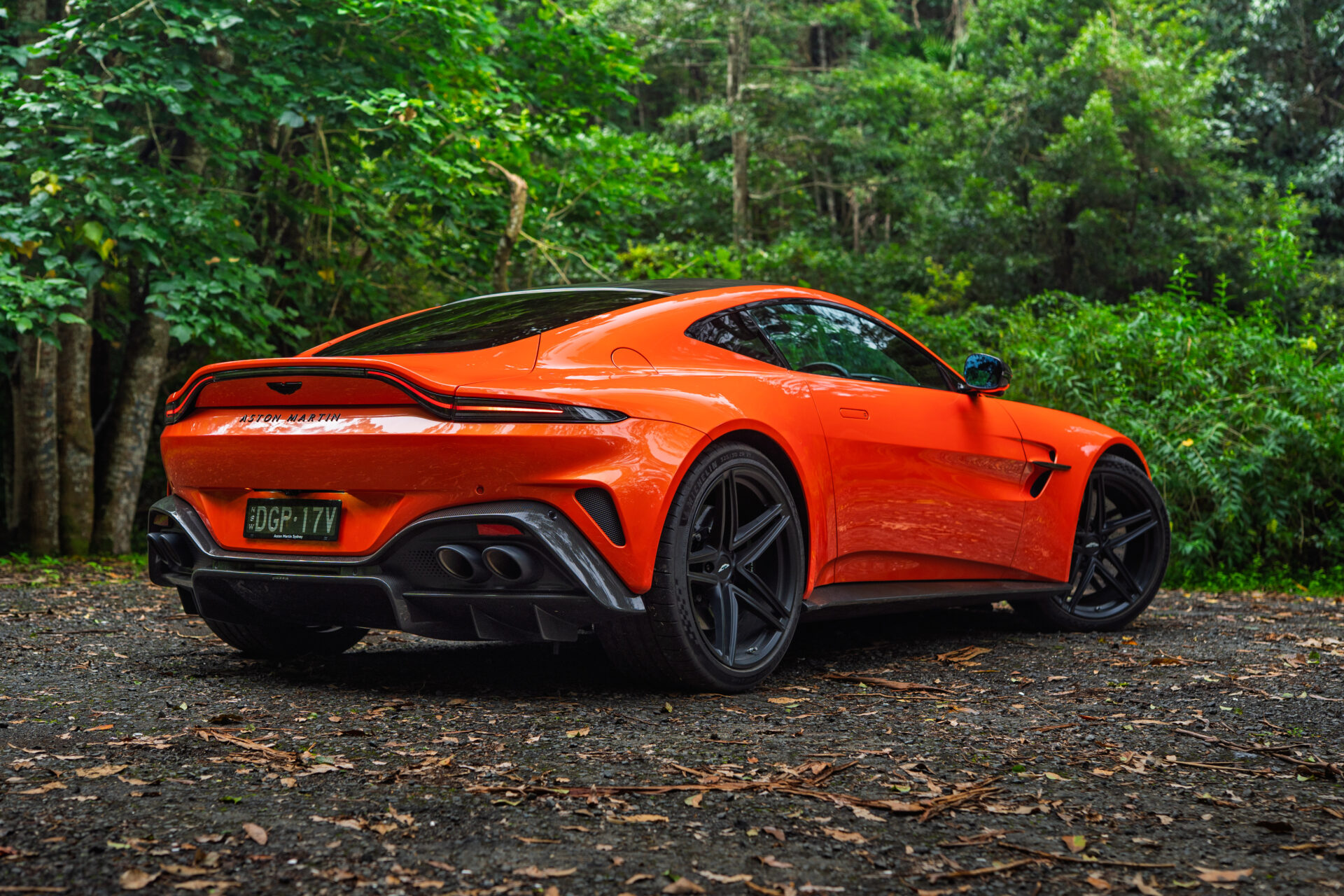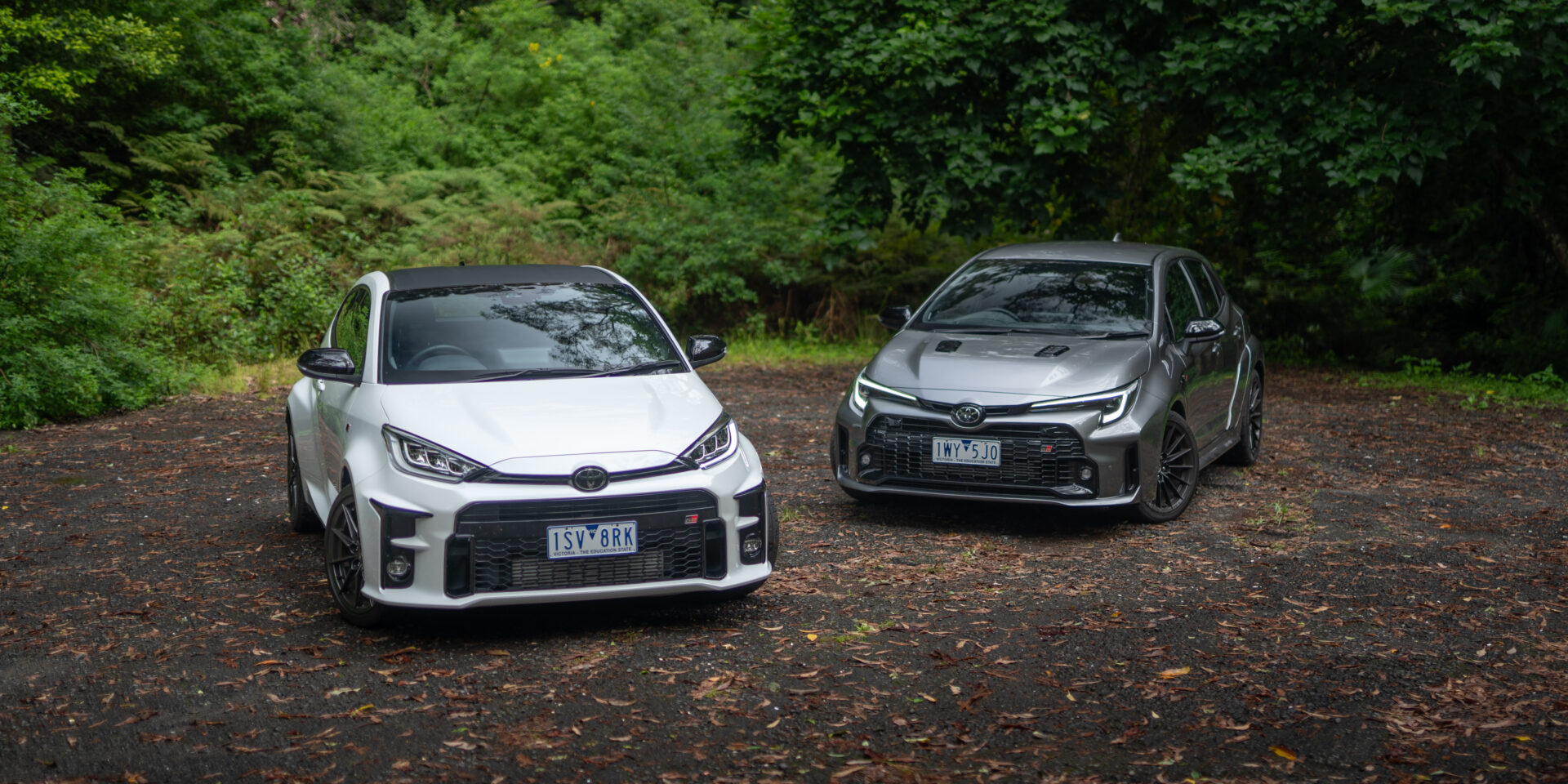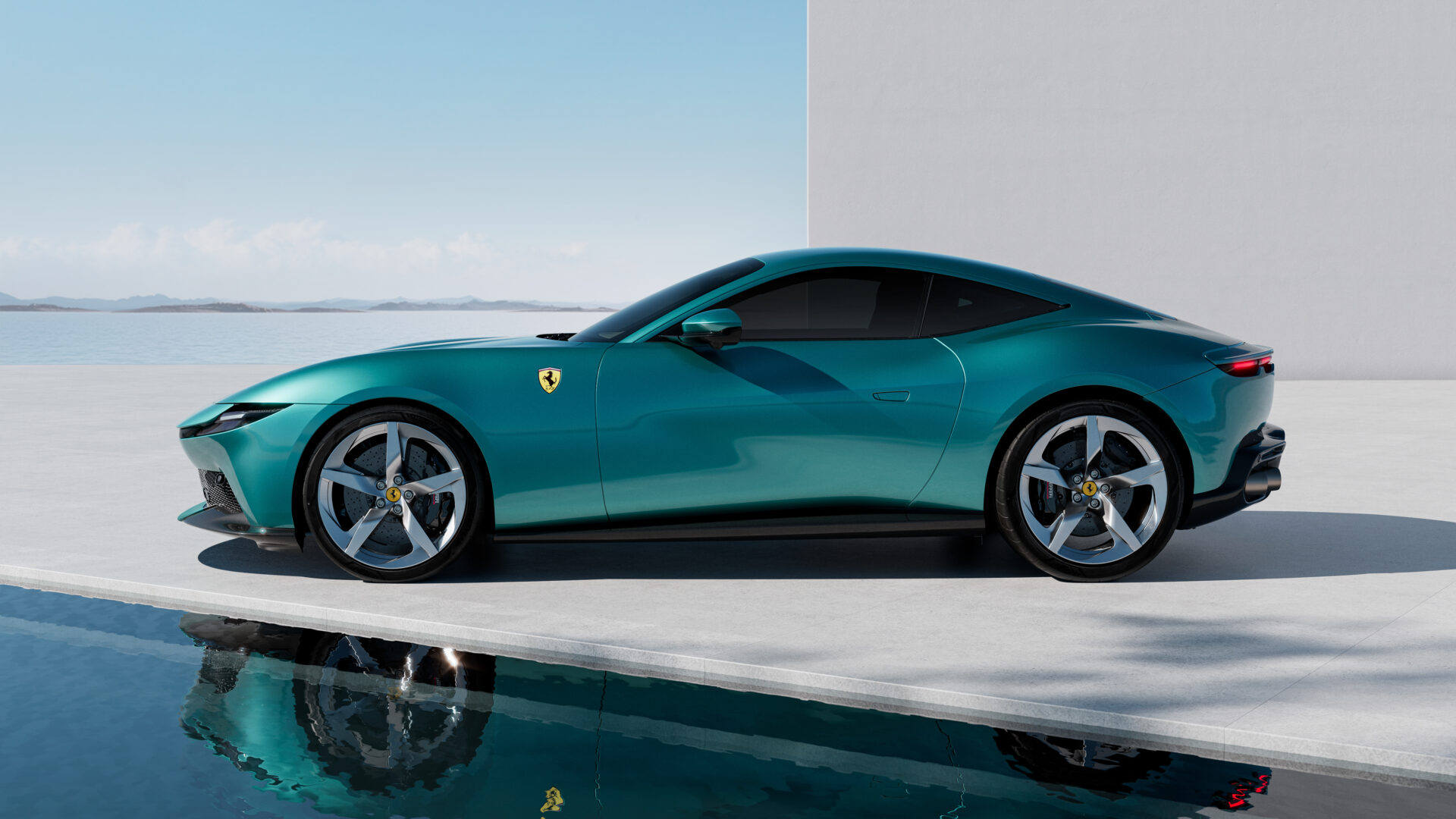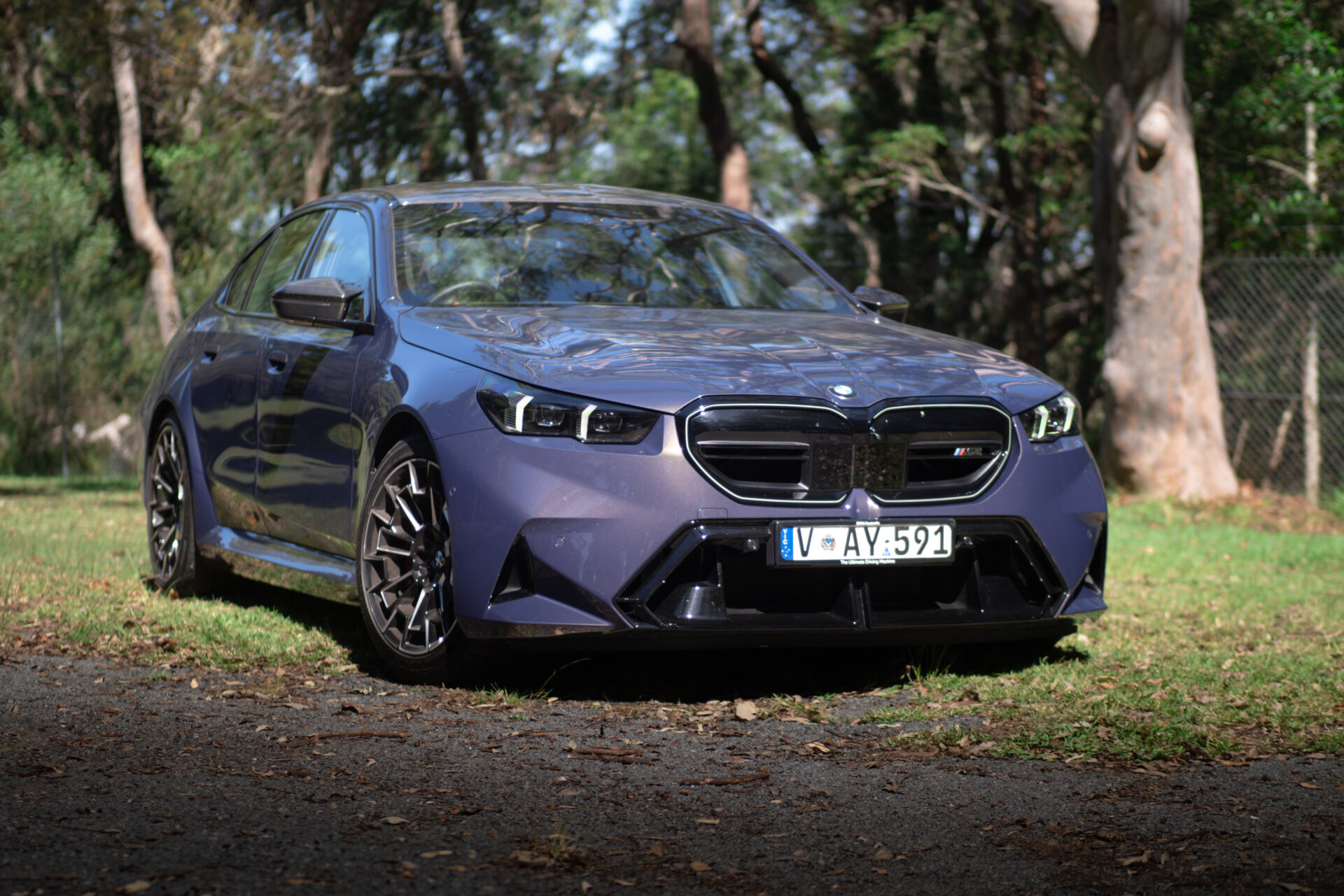The BMW X2 is fine looking compact crossover (or SUV, if you will), taking on the likes of Audi’s Q2.

BMW X2 sDrive 20i
The BMW X2 is one of those cars that leaps out at you. It has the profile and stance of a paper plane laid carefully on a bench top but is actually a high-ish riding crossover. Built as part of BMW’s pincer movement on the compact SUV segment, it supplements the X1 in this wildly popular part of the market.
The sDrive 20i is a front-wheel drive 2.0-litre turbo version of the stylish new X2, which is also available with xDrive all-wheel drive and diesel options. We tested an Australian-delivered X2 M Sport X with a few tasty options on board.
History & Design

It’s a short one – the BMW X2 is the first of its name. It would be lazy of me to leave it there, though.
Way back in 2009, BMW gave us the first X1. Codenamed E84, it was cobbled together from the E91 3 Series wagon platform. That wasn’t a bad thing, because it meant it was rear-wheel drive and a good laugh to drive.
The 3 Series platform meant it was a bit weird-looking for its segment. The compact SUV wasn’t really a thing back then but people still complained it didn’t look enough like one. I didn’t mind it, although the front was a tad bluff, something the mid-life LCI didn’t do enough to fix.
The second-generation was a more considered effort, spun off the Mini front-wheel drive UKL2 platform. “That’s more like it,” everyone said. “It looks like a compact SUV now.” Or something to that effect, anyway. It was better looking and, if you knew your Minis, had that same darty front end and vertical bounce in the chassis.
The X2 announcement came on the heels of Audi’s Q2 and the car was first shown at the 2016 Paris Motor Show. I was there and it looked great. Happily we saw the production version a year later and it still looked great, if less sleek, particularly around the front end.
It looked like it had survived the journey to production relatively unscathed, which is pretty good going. The X2 debuts M Sport X, which means M Sport styling bits in Frozen Grey. I quite like that, but plenty don’t. If you don’t like it, you can delete M Sport altogether in some markets and get the dull version. Here in Australia, M Sport X is standard.
BMW X2 Drivetrain

The X2’s sDrive 20i designation means a front-wheel drive (in this case) setup with a 2.0-litre turbo producing 141kW and 280Nm. As it’s a UKL2 car, the engine is mounted across the car.
That’s not a truckload of power or torque, but with a seven-speed twin-clutch will hit 100km/h (62mph) in 7.7 seconds. That’s not slow but won’t set your backside on fire either.
The engine is from BMW’s modular engine family and is everywhere – 1 Series, 2 Series (of all kinds), 3 Series, 5 Series, X1, X3…you get the picture. The confusing “twin power” badge means twin-scroll turbo, not twin turbo or hybrid.
The seven-speed is a weird choice given the usual eight-speed ZF (you get that with the diesel engines), but if I’m honest, I thought it was the ZF…
Driving

There was a bit of an argument in our household about the X2. I’ll come straight out and tell you I thought it was terrific fun to drive. The engine spins quickly and quietly and the transmission makes sure you’re away without any fuss.
The electric power steering is reasonably direct and the front end nice and grippy. I really liked the driving position, too, and the M Sport (ish) steering wheel is one of my favourites.
This particular car had the dynamic damping, which might mask some bad behaviour on the standard units, but I haven’t spoken to anyone who doesn’t like them. In Sport mode it firms up very nicely and with the turbo spinning, it really moves.
The UKL2 platform is where my wife and I disagree. She hates the Mini and the X1. Not that she thinks they’re bad cars, she hates the way they ride. Both have a distinct bounce to them. Not a heaving, hearty wallow, but a particular feel in the dampers where there’s a frequency of vertical movement she just doesn’t like. I do like it, it feels go-karty. Our marriage has survived worse arguments, but she is resolute in her opinion that BMWs are rear-wheel drive and that’s all there is to it.
I really like the way the front end goes where you want it to. It’s a bit like the Q2 that way (not the base model, I hasten to add), it feels like a warm hatch. That’s a good thing because this segment is full of cars that are fun to drive (although many are much cheaper), so BMW had to do something to make the extra money worthwhile.
The X2 is 10mm lower than the X1 and you sit 20mm lower, too, which explains the good driving position. It’s not really that high, either, riding at 182mm. The changes to the platform didn’t stop there, with a bit of extra negative camber up front to improve turn-in. The anti-roll bars feature pre-loaded bushes and the body is ten percent stiffer. All that means that in non-adaptive damped cars (ours was), the ride is better but the handling is also better. Nifty.
Bottom line – it’s better than the X1 in nearly every way, but costs more and has a slightly smaller boot and tighter rear seat. If this car is one of those family compromises, don’t panic – it’s a lot of fun and bodes well for the next-generation 1 Series.
Specs
Our car had a few extras – the Launch Package ($4000 in Australia) includes the panoramic glass sunroof, head-up display (excellent), wireless charging for phones and Navigation Plus. The wireless charging is funky but and works nicely if want to use Apple CarPlay (an option!). Most cars insist on USB for CarPlay so the Qi pad makes sense all of a sudden.
The red interior was a bit of a laugh and, unexpectedly, I didn’t mind it.
Like our BMW coverage? There’s more here
Don’t forget to subscribe to our YouTube channel.
















Leave a Reply